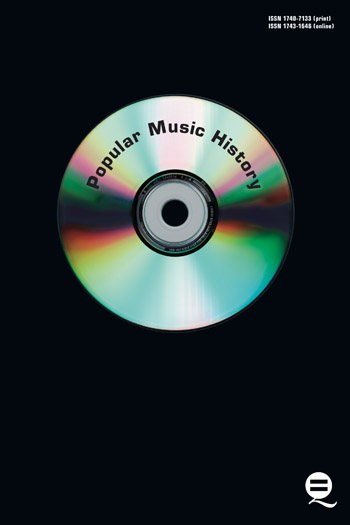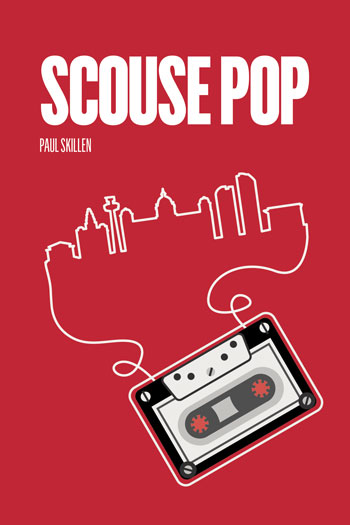Reviews
As someone who learned to love British traditional songs and singers back in the sixties, this book detailing the lives of two of our most influential source singers is a must. It illustrates how two such different, fine, styles of singing developed through personal, familial, generational circumstances against the broader background of the social and cultural conditions of the time. I would recommend it to any one with an interest in social history as well as traditional song.Frankie Armstrong, singer and voice coach
Books on folk music usually concentrate on the repertoire – the songs themselves, and where they came from and how they are constructed – but Two Bold Singermen and the English Folk Revival breaks the mould and puts the singers centre stage. Harry Cox and Sam Larner, arguably the best of the singers recorded in the post-War period, led different but equally interesting lives, and both had important things to tell us about their songs and the way they sang. This book is not only a fascinating read, and a social history of ordinary Norfolk working people, but also a major contribution to folk song scholarship.
Steve Roud, author of Folk Song in England and compiler of the Roud Folk Song Index
As a folk singer working with songs and stories from East Anglia, I of course welcomed this celebration of Harry, Sam and our rich but often overlooked East Anglian tradition with open arms. It's more than just a window into the lives of two of the unsung heroes of the English folk Revival. Two Bold Singermen and the English Folk Revival is the book I didn't realise I had been waiting for. A thoroughly important book, and an absolute joy.
Georgia Shackleton – ‘The Shackleton Trio’
A very readable and often fascinating source of both folk music lore and social history and while its subjects’ lives were largely based in a small part of East Anglia, its reach extends to some legendary London folk pubs and Shetland, where Sam won singing competitions while on shore leave from herring fishing. Recommended reading for anyone interested in folk song, folk singing and where folk singers got their songs from.
Rob Adams, music journalist
I enjoyed this book so much, that as soon as I finished it, I started again at the beginning: a very rare thing for me, as occasionally before now, I’ve found it hard to read a book I’m reviewing, even just the once!
The book’s blessed with footnotes that show Lindsay’s formidable research. He gets my total respect here: and for supplying a detailed index (amazing the number of biographies that skimp in this area). It’s a heady intellectual brew, but one that’s still easy reading: for he has a lovely lightness of touch, that makes the reader smile.
The Living Tradition
Author Bruce Lindsay’s extensive interviews and desk research are obvious, and the results are fascinating.
I’d say there’s much to gain from learning about the lives and the singing of both men and I’d encourage readers to turn to YouTube, search for their names and play a few tracks, order a couple of CDs and then read this book. Sam and Harry will come alive for you, and you’ll very likely think about their songs in completely new ways.
Folk London
Lindsay's book is a fascinating double biography of these singers.
Songlines
This thoughtful study of two of the finest English traditional singers ever recorded, Sam Larner (1878– 1965) and Harry Cox (1885–1971), is to be warmly welcomed. At first glance the execution of this task may seem like a straightforward matter – listen to the recordings, scan the sleeve notes, check out any filming, and see what others have written – but Bruce Lindsay has done so much more. In the tradition of the best investigative journalists, he has left no stone unturned. He has uncovered much primary source material and conducted extensive interviews, in so doing shedding new light on both men’s early years, their family backgrounds, their working lives (at sea and on the land), their singing milieux (at home, in local pubs, and at work), village life, regional and social history, their interactions with the folk revival, and more. It should be stressed that this is not just collectanea or a double mémoire, but a work of scholarship with meticulous referencing, relevant illustrative material, and full scholarly apparatus.
[Lindsay's] background in music journalism, social history, and as a former semi-professional guitarist has given him refreshingly new perspectives and a deep understanding of his subject. This is a significant contribution to our understanding of the intricate workings of vernacular singing traditions and the interaction between highly creative tradition bearers and the people who strove to pioneer the revitalization of such an art form.
Ian Russell, Elphinstone Institute, University of Aberdeen, Folk Music Journal








